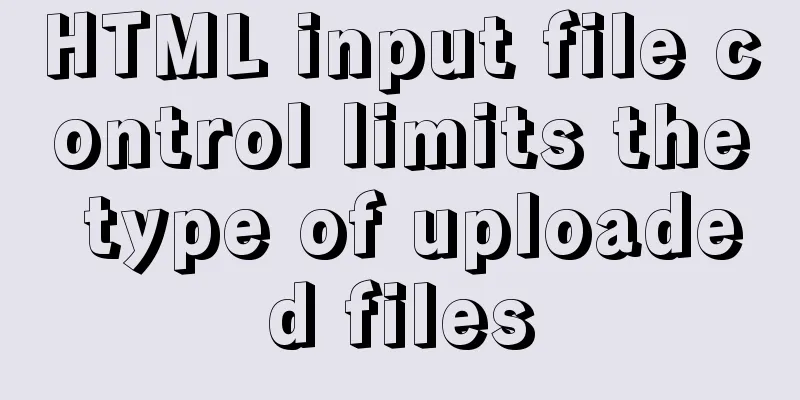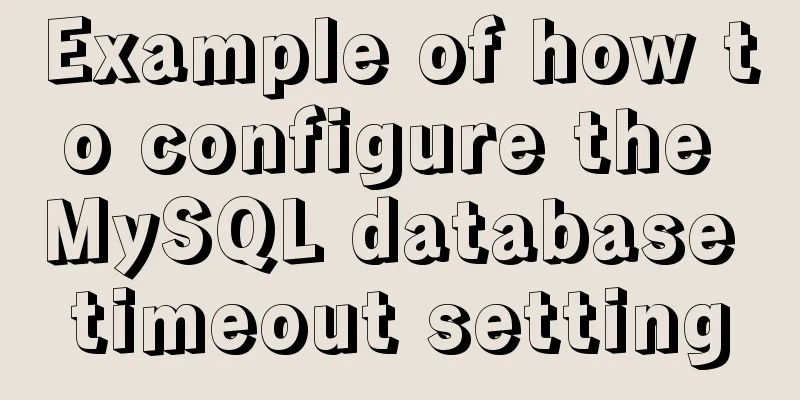Summary on Positioning in CSS

|
There are four types of positioning in CSS, which have different effects in different scenarios. Here I will briefly introduce these four types of positioning. Static positioning: There are not many application scenarios, so we will not introduce them here. The following mainly introduces three other common positioning 1. position: relative positioning: As the name implies, relative positioning is to make corresponding changes relative to the original position. It should be noted that the element will occupy the original position after moving (this is the most important point of relative positioning) The following is the code demonstration part:
<style>
* {
margin: 0;
padding: 0;
/* Clear all margins and padding here,
No real meaning, just for convenience of observation*/
}
.pink {
width: 80px;
height: 80px;
background-color: pink;
}
.purple {
width: 80px;
height: 80px;
background-color: purple;
}
.green {
width: 80px;
height: 80px;
background-color: greenyellow
}
</style>Here three divs are defined and given corresponding colors. The running results are as follows
When the child box is given the following positioning attributes
.purple {
position: relative;
top: 0;
left: 80px;
/* Relative positioning is added to this box above,
And move it 80px relative to its original self*/
width: 80px;
height: 80px;
background-color: purple;
}
The page becomes like this, which also verifies the most important point - the element will occupy the original position after moving, otherwise the green box will be on top 2.Position:absolute absolute positioning: Absolute positioning is the position change made by its own parent element. If the parent element has a position attribute, the corresponding movement is made based on the parent element. If the parent element does not have a position attribute (or there is no parent element), the corresponding movement is made based on the browser. It should be noted that the element will not occupy the original position after moving.
.purple {
position: absolute;
top: 160;
left: 80px;
/* The purple box here has no parent element so it is positioned based on the browser*/
width: 80px;
height: 80px;
background-color: purple;
}
Obviously the green box is pushed up, and this result verifies absolute positioning: the element will not occupy the original position after moving. 3. Fixed positioning: The position of fixed positioning is relative to the entire page, regardless of whether there is a parent element. Similarly, fixed positioning will not retain the position Summarize This concludes this article about the summary of positioning in CSS. For more content related to positioning in CSS, please search for previous articles on 123WORDPRESS.COM or continue to browse the related articles below. I hope that everyone will support 123WORDPRESS.COM in the future! |
<<: Detailed explanation of MySQL multi-version concurrency control mechanism (MVCC) source code
>>: Detailed explanation of Vue's ref attribute
Recommend
How to install JDK and set environment variables in Linux (this article is enough)
Table of contents 1. Check the number of Linux bi...
Analysis of MySQL lock mechanism and usage
This article uses examples to illustrate the MySQ...
20 CSS coding tips to make you more efficient (sorted)
In this article, we would like to share with you ...
MySQL 8.0.16 installation and configuration tutorial under CentOS7
Uninstall the old version of MySQL (skip this ste...
MySQL 5.7.17 winx64 decompression version installation and configuration method graphic tutorial
This article shares the installation and configur...
Detailed graphic explanation of hadoop installation and configuration based on Linux7
Prepare the ingredients as shown above (ps: hadoo...
How to completely uninstall node and npm on mac
npm uninstall sudo npm uninstall npm -g If you en...
Software Testing - MySQL (VI: Database Functions)
1.MySQL functions 1. Mathematical functions PI() ...
Introduction to SSL certificate installation and deployment steps under Nginx
Table of contents Problem description: Installati...
Detailed explanation of several ways to remove the gap between inline-block elements in CSS
Recently, when working on mobile pages, inline-bl...
Summary of some common writing methods that cause MySQL index failure
Preface Recently, I have been busy dealing with s...
Linux user and group command example analysis [switching, adding users, permission control, etc.]
This article describes the Linux user and group c...
js dynamically implements table addition and deletion operations
This article example shares the specific code for...
Introduction to the process of extending the boot partition in Kylin 4.0.2 (Ubuntu)
Table of contents Preface 1. Prepare new partitio...
CentOS 6 Compile and install ZLMediaKit analysis
Install ZLMediaKit on centos6 The author of ZLMed...












